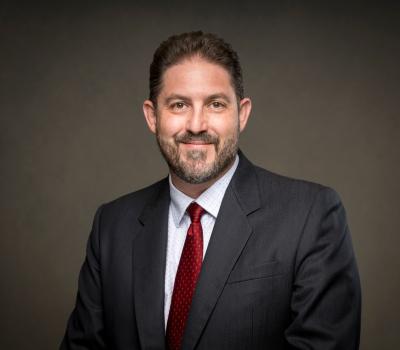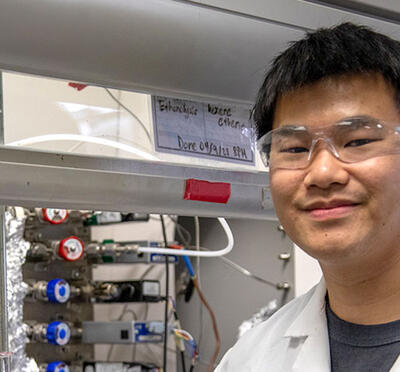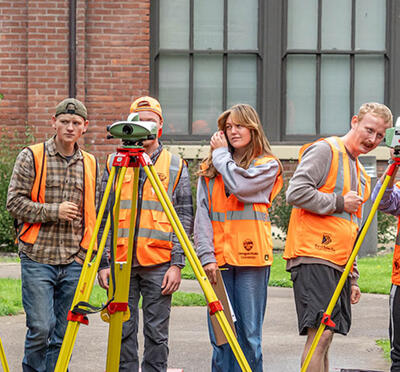Through a $1.12 million grant from the National Science Foundation, faculty at Oregon State University and the University of Texas at Austin are collaborating to better understand how soil responds to earthquakes – and ultimately produce research that will deliver safer and more secure surroundings for the Pacific Northwest and beyond.
Traditionally, two types of soils are considered in geotechnical analyses: drained sands and undrained clays. While design methodologies for nearly all geotechnical systems have developed along these two distinct lines, many natural soil deposits do not fit into these categories; transitional silty soils, the subject of this research, are one of these materials.
“Transitional silty soils are more difficult to quantify in terms of liquefaction susceptibility,” said Associate Professor and Principal Investigator Armin Stuedlein. “How is liquefaction triggered? What are the consequences following liquefaction?”
Liquefaction – a phenomenon where soil behaves like liquid in response to cyclically applied stress, such as an earthquake – is a critical concern for engineers, infrastructure managers, and others in regions prone to earthquakes. In this study, researchers will conduct field experiments on transitional silty soils throughout the Pacific Northwest where the infrastructure may be vulnerable to earthquakes along the Cascadia Subduction Zone.
In the proposed experiments, the researchers will cyclically stress potentially-liquefiable soils using a large mobile shaker truck – a massive earth-shaking machine nicknamed "T-Rex" – and small explosive charges.
“To achieve a state of full liquefaction, we will use an experimental approach – blast-induced liquefaction – which was first co-developed by Scott Ashford, dean of the Oregon State College of Engineering,” said Stuedlein. The field experiments and specialized laboratory tests will allow for the development of an unprecedented dataset, which will be critical for improving the understanding of the cyclic response of silty soils.
“Industry has faced a lack of data and understanding of the local soil conditions, so many companies have agreed to help us by donating samples drilled from various project sites and using their connections to gain access to testing sites,” said Stuedlein. “We see this as a partnership of public and private stakeholders, which will hopefully launch a long-term effort.”
The Co-Principal Investigator for the project at Oregon State is T. Matthew Evans, associate professor of geotechnical engineering and the Co-Principal Investigators at UT Austin are Professor Ken Stokoe and Associate Professor Brady Cox.
In addition to the research, the project has another objective of inspiring future seismologists, geologists, earthquake engineers, and natural hazard and resilience planners through long-term outreach. In collaboration with the Hatfield Marine Science Center (HMSC) in Newport, Oregon, researchers will perform public demonstrations of the mobile shaker truck, provide video interviews and data for a permanent exhibit, and develop instructional modules for HMSC staff to expand instruction on the Cascadia Subduction Zone and associated tsunami.
Through innovative techniques, laboratory analysis, and outreach, Oregon State researchers, in collaboration with UT Austin, aim to improve understanding of liquefaction susceptibility and develop best practices that will have broad applications globally.





